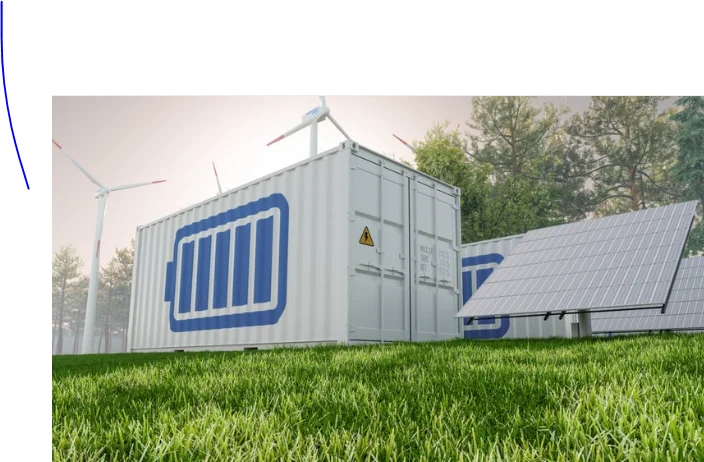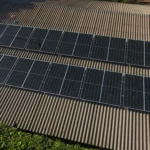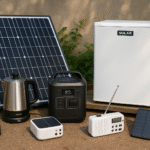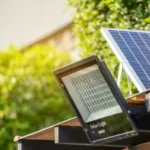Have you ever wondered what happens to your solar power when the sun goes down? Many homeowners and business owners invest in solar panels but often overlook the importance of storage in maximizing their system’s potential. That’s where solar batteries come into play.
Understanding the different solar battery types is key to making sure your solar setup works reliably day and night. In this guide, you’ll learn what battery options exist, how to choose the right one for your needs, and what real users have experienced in the field.
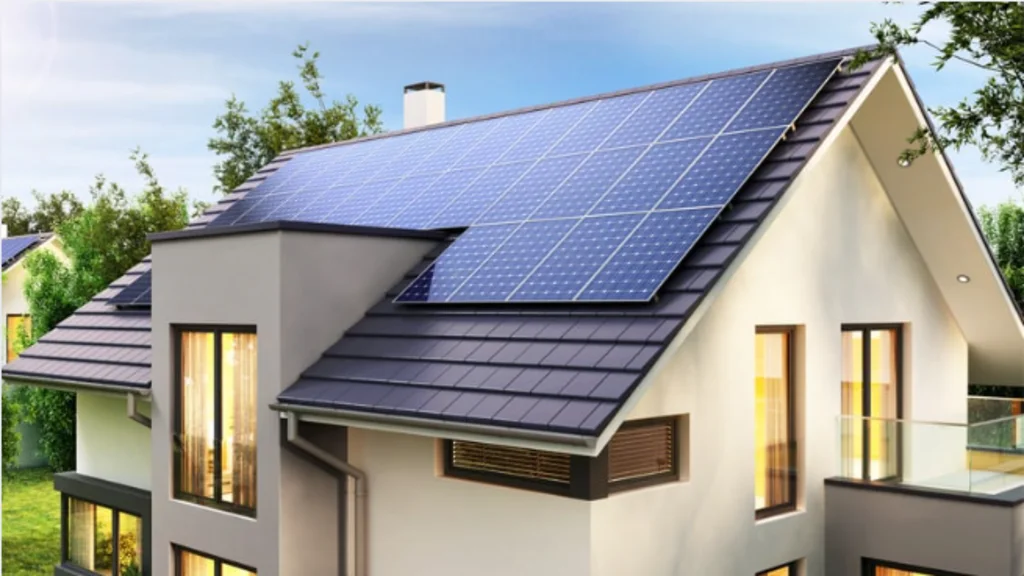
What Are Solar Battery Types and Why Do They Matter?
Choosing the right solar battery isn’t just about cost. It affects how much power you can store, how long your battery lasts, and even the safety of your system.
Solar battery types refer to the various technologies used to store solar energy for later use. Each has its own pros and cons, and the best choice depends on your energy goals, budget, and usage habits.
Click here : World solar uses
Lithium-Ion Batteries: The Powerhouse of Modern Solar
Lithium-ion batteries are the most widely used storage solution in today’s residential solar systems. They’re efficient, compact, and require very little maintenance.
Pros:
- High energy density, which means more power with less space
- Long lifespan, typically 10 to 15 years
- Fast charging and discharging cycles
- Low to no maintenance
Cons:
- Higher initial cost compared to older battery technologies
- Requires a proper battery management system (BMS) to prevent overheating
One homeowner I worked with in Temecula, California, replaced an aging lead-acid bank with two Tesla Powerwalls. Not only did they gain more usable storage capacity, but their system became almost silent. They now ride through outages with ease and haven’t touched the battery setup since installation.
According to the National Renewable Energy Laboratory (NREL), lithium-ion batteries now make up over 90% of residential battery storage installations in the United States. Their popularity stems from reliability and ease of integration with smart inverters and monitoring apps.
Best suited for: Homeowners who want long-term savings, low maintenance, and smart energy automation.
Lead-Acid Batteries: Budget-Friendly and Proven
Lead-acid batteries have powered solar battery types for decades, especially in off-grid or remote setups. They come in two main types: flooded (FLA) and sealed (AGM/Gel).
Pros:
- Low upfront cost
- Widely available and easy to source
- Proven technology with decades of use
Cons:
- Shorter lifespan, usually around 5 to 7 years
- Frequent maintenance for flooded types (checking water levels, cleaning terminals)
- Heavier and larger for the same energy capacity
- Depth of discharge limited to 50% for longevity
A client running an off-grid cabin near Flagstaff, Arizona, used sealed AGM lead-acid batteries for five years before switching to lithium. Their primary complaint wasn’t the power—it was the upkeep. Cleaning corrosion off terminals, adding distilled water monthly, and managing charge profiles proved too much long term.
Still, lead-acid batteries can be a solid option for DIY enthusiasts or those building on a limited budget.
Best suited for: Off-grid cabins, workshops, or homes where cost is a higher priority than convenience.

Saltwater Batteries: The Eco-Friendly Option
Saltwater batteries are a relatively new entry into the world of solar battery types. They replace toxic heavy metals with saltwater electrolytes, making them one of the most environmentally friendly storage solutions.
Pros:
- No toxic materials, making recycling easier
- No risk of thermal runaway (overheating)
- Minimal maintenance
Cons:
- Lower energy density
- Limited availability and few manufacturers
- Not ideal for compact setups
I consulted on a project in Eugene, Oregon, where a homeowner opted for saltwater batteries due to their environmental commitment. While the system worked reliably, it occupied more space than lithium and delivered slightly slower response times during periods of high energy demand.
Currently, these batteries remain a niche product, but they may gain popularity as more manufacturers adopt sustainable practices.
Best suited for: Eco-conscious homeowners who prioritize sustainability over compact design or fast charging.
Flow Batteries: Long-Term Power for Large Systems
Flow batteries are usually found in commercial settings or large-scale solar projects, but they’re worth mentioning for their potential in the residential market.
Also click here : Solar electric fence
Pros:
- Extremely long lifespan, often exceeding 20 years
- Can be fully discharged without degrading
- Scalable capacity for larger setups
Cons:
- High upfront cost
- Bulky and complex installation
- Currently not mass-produced for homes
A winery in northern California that I consulted with installed a vanadium flow battery system to run its entire production facility off-grid. The system cost over $100,000, but it paid off in reliability and long-term energy independence, especially during wildfire-related outages.
As flow battery technology becomes more compact, it may offer future solutions for homes requiring large storage capacities.
Best suited for: Commercial operations or large homes with high, consistent energy needs.
How to Select the Right Solar Battery Type for Your Setup
The decision to invest in a solar battery should be based on both technical performance and lifestyle needs. Here are a few key questions to guide your choice.
- What’s your main goal?
- Reliable backup during power outages? → Lithium-ion
- Affordable storage for occasional use? → Lead-acid
- Maximum environmental sustainability? → Saltwater
- Commercial-scale storage? → Flow batteries
- How often will you use the battery?
Daily cycling systems need high efficiency and longer lifespans, while occasional backup setups can get by with lower-cost options.
- Do you have space and ventilation available?
Lithium-ion batteries are compact, while lead-acid requires more room and proper airflow to prevent heat buildup.
- What’s your budget?
While lithium-ion costs more upfront, it usually delivers better performance and longer service life, reducing the total cost of ownership over time.

Maintaining Battery Performance Over Time
Every solar battery, regardless of type, performs better with proper care. Neglect can lead to reduced capacity, efficiency loss, and premature failure.
Clean and Monitor Regularly
Dust and corrosion can impact terminal performance. For lead-acid systems, especially, clean terminal heads quarterly and keep them dry. Lithium systems require less attention but still benefit from visual inspections.
Manage Depth of Discharge
Battery lifespan is directly linked to how deeply you drain it each cycle. For example:
- Lithium-ion: Up to 90% depth of discharge
- Lead-acid: 50% recommended for long life
- Saltwater and flow: Often safe at 100%
Monitoring apps can help track usage and avoid accidental over-discharge, which is a leading cause of early battery failure.
Keep Temperatures Stable
Extreme heat or cold affects performance. A solar homeowner in Palm Springs, whom I worked with, noticed degraded capacity every summer. A simple solution, adding a vent fan and insulating the battery enclosure, resulted in nearly 15% performance improvement during peak months.
Troubleshooting Common Issues
Sometimes, a battery system underperforms or fails outright. Here’s a quick checklist for common issues:
- Sudden capacity drop? Check for over-discharge or aged cells.
- Charger/inverter mismatch? Make sure charging profiles match the battery chemistry.
- Voltage inconsistencies? Look for loose connections or corrosion.
- Slow charging? It could be dirty panels or inverter inefficiencies.
In one real-life scenario, a homeowner in Austin noticed their battery wasn’t lasting through the night. Upon inspection, we found a tree limb had started shading the solar array each afternoon. Pruning the branch restored charging hours and brought the system back to normal.
Can You Charge an EV Using Home Solar Batteries?
The short answer is yes, but only with the right setup.
Level 2 EV chargers require a significant amount of power. Not all battery systems are designed to withstand that kind of draw, especially those from older or smaller setups.
To charge your EV with solar, make sure:
- Your system has enough capacity to handle your vehicle’s charging needs
- You’re using a smart charger that can prioritize solar input over grid electricity
- Your inverter can handle the high output requirements
If you drive daily, combining solarbattery types with a hybrid lithium battery and grid backup is usually the most practical and cost-effective option.
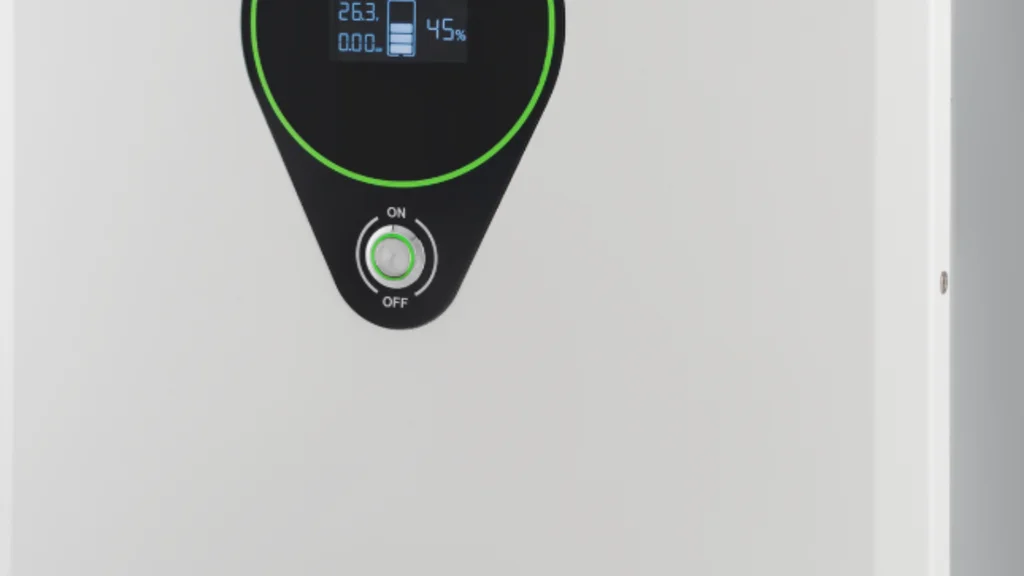
Match Solar Battery Types to Your Goals
Every homeowner and business owner has different goals. Some want to go completely off-grid, others just want peace of mind during outages. The variety of solar battery types available today means you can tailor your system to your exact needs.
But solar storage isn’t set-it-and-forget-it. Choosing the right battery, installing it correctly, and maintaining it properly are what turn a good investment into a great one.
Is Your Solar Battery System Performing at Its Best?
If your solar battery types is more than 3 years old, or you haven’t inspected it recently, it may not be running at peak efficiency. Corroded terminals, incorrect inverter settings, or simple wear and tear could be limiting your energy savings.
Schedule a system checkup today to make sure your batteries and inverters are working as efficiently as your panels.

